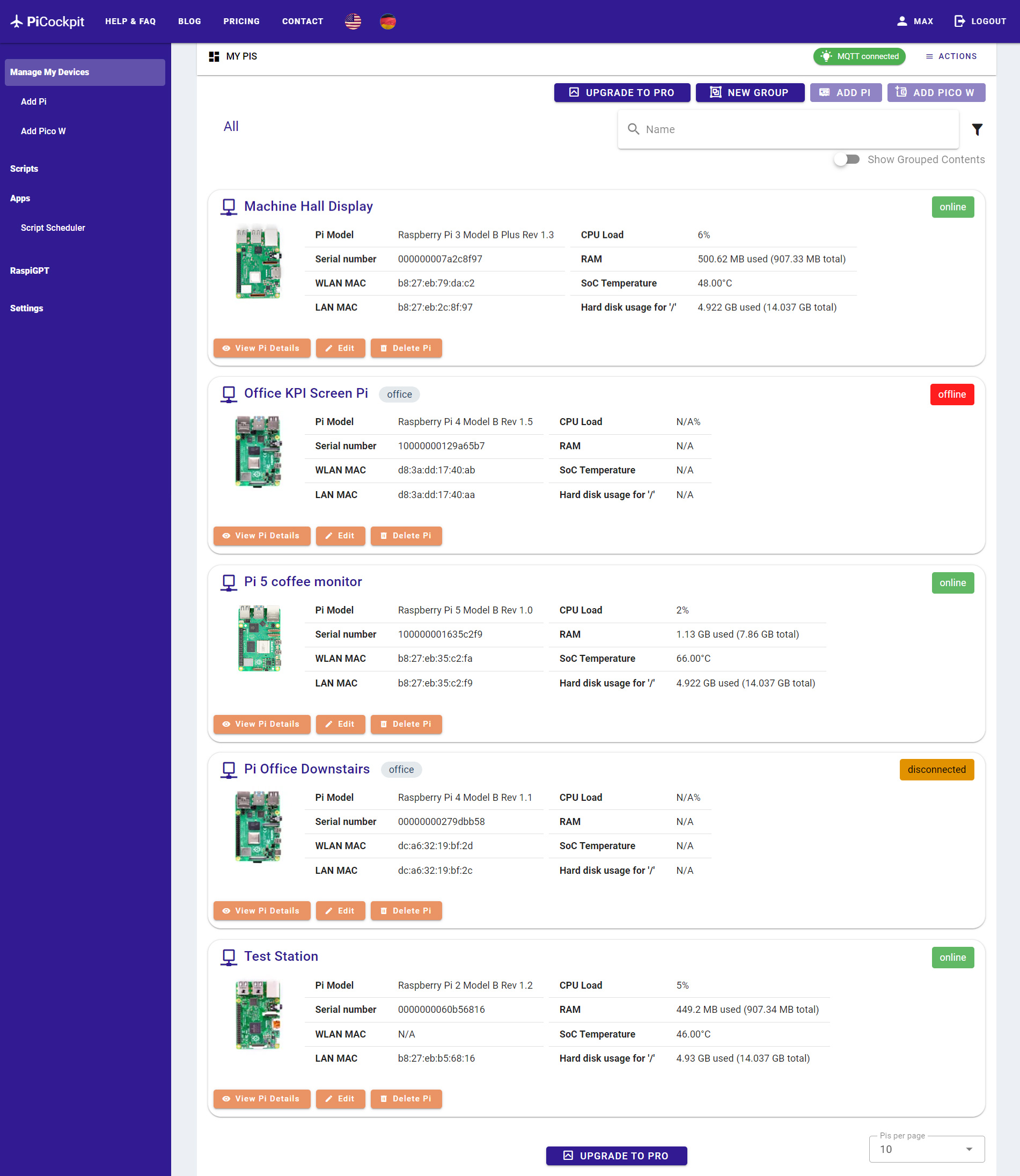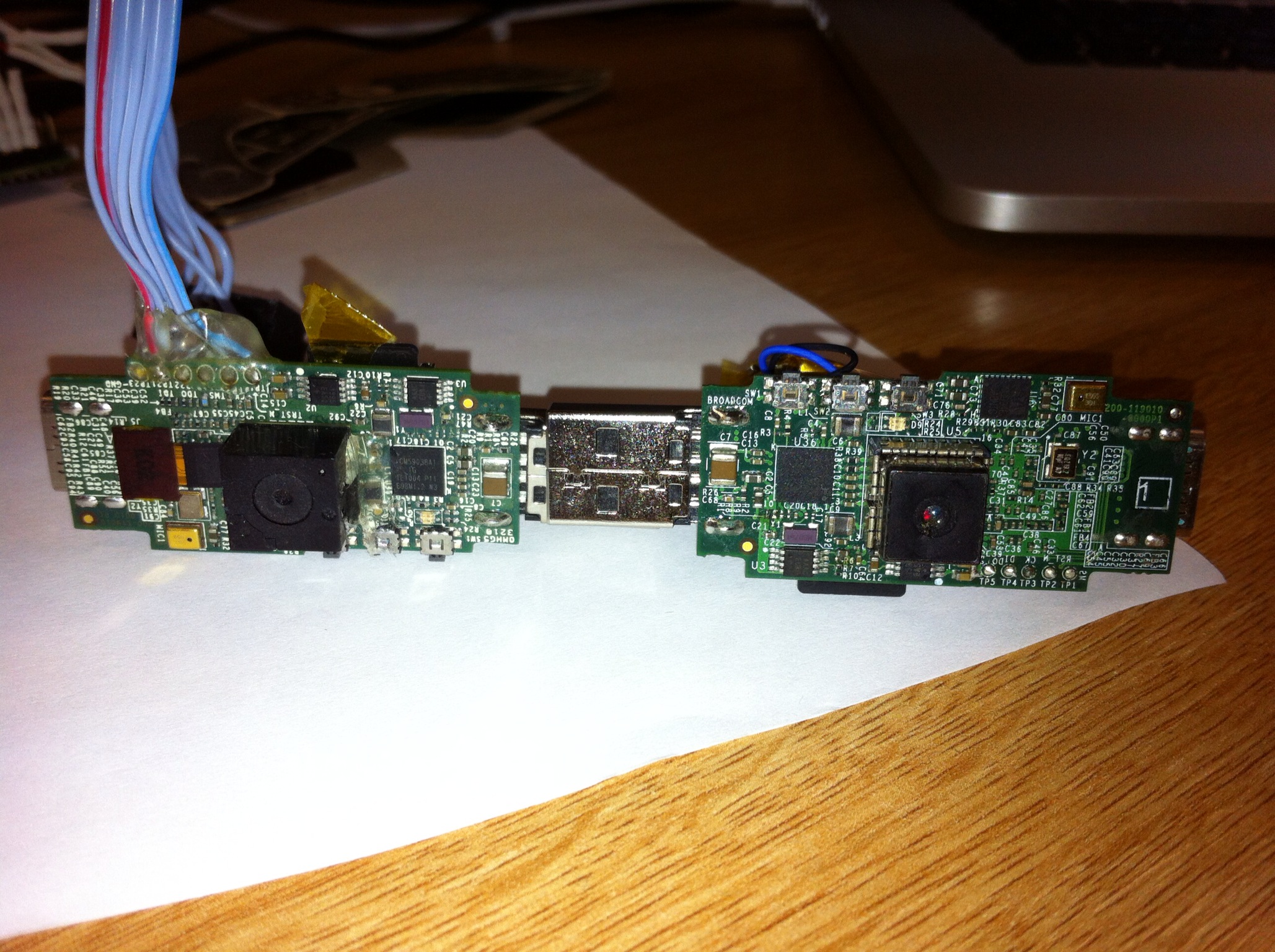Managing multiple Raspberry Pis can be a challenging yet rewarding endeavor, especially for tech enthusiasts, developers, and businesses leveraging these compact devices for various projects. Whether you're running a cluster for computing tasks, managing IoT devices, or experimenting with home automation, keeping everything organized and efficient is crucial. With the growing popularity of Raspberry Pi, many users are finding themselves handling more than one device, which can lead to confusion if not approached systematically. This guide will walk you through the best practices, tools, and strategies to streamline your workflow and ensure seamless operations across all your Raspberry Pis.
The versatility of Raspberry Pi makes it an ideal choice for a wide range of applications, from educational projects to professional deployments. However, as the number of devices grows, so does the complexity of managing them. Without a proper system in place, tasks like software updates, configuration changes, and monitoring can become overwhelming. This is where smart management techniques and tools come into play, helping you save time and avoid errors. In this article, we will explore actionable tips and tools to help you manage multiple Raspberry Pis effectively while maintaining a high level of performance and security.
As we delve deeper into the topic, you'll discover how to centralize control, automate repetitive tasks, and ensure that your Raspberry Pis are always running optimally. From setting up a centralized dashboard to using remote management tools, we'll cover everything you need to know to stay on top of your devices. Whether you're a beginner or an experienced user, this guide will equip you with the knowledge and resources to handle your Raspberry Pi fleet with confidence.
Read also:Mari Llewellyn Net Worth A Comprehensive Look At Her Success And Achievements
Table of Contents
- Why Manage Multiple Raspberry Pis?
- How to Centralize Control Over Your Devices?
- What Are the Best Tools for Managing Multiple Raspberry Pis?
- Is Automation Essential for Managing Multiple Raspberry Pis?
- How to Monitor Performance Across Devices?
- What Are the Common Challenges in Managing Multiple Raspberry Pis?
- Best Practices for Managing Multiple Raspberry Pis
- Security Tips for Your Raspberry Pi Fleet
- Scaling Up: What to Consider When Adding More Devices?
- Conclusion: Streamlining Your Raspberry Pi Management
Why Manage Multiple Raspberry Pis?
If you're wondering why it's important to manage multiple Raspberry Pis, the answer lies in efficiency and scalability. When you're working with more than one device, keeping track of configurations, software versions, and tasks can quickly become chaotic. Proper management ensures that all your devices are synchronized, up-to-date, and performing optimally. Without a structured approach, you risk downtime, security vulnerabilities, and wasted resources. Managing multiple Raspberry Pis allows you to maximize their potential while minimizing the effort required to maintain them.
How to Centralize Control Over Your Devices?
Centralizing control is one of the most effective ways to manage multiple Raspberry Pis. By using a centralized dashboard or control panel, you can monitor and manage all your devices from a single interface. This approach not only simplifies the management process but also reduces the chances of errors. Tools like Ansible, Kubernetes, or even custom-built solutions can help you achieve this level of control. Centralized management ensures that you can apply updates, monitor performance, and troubleshoot issues across all your Raspberry Pis seamlessly.
What Are the Best Tools for Managing Multiple Raspberry Pis?
When it comes to managing multiple Raspberry Pis, having the right tools at your disposal is essential. Below are some of the most popular and effective tools for this purpose:
- Ansible: A powerful automation tool that allows you to configure and manage multiple devices remotely.
- Portainer: A lightweight management interface for Docker, which can be used to manage containers across Raspberry Pis.
- Pi-Hole: Ideal for managing network-wide ad blocking across multiple devices.
- OpenMediaVault: A network-attached storage solution that can be used to centralize file management.
These tools can significantly simplify the process of managing multiple Raspberry Pis and ensure that your devices are always in sync.
Is Automation Essential for Managing Multiple Raspberry Pis?
Automation plays a crucial role in managing multiple Raspberry Pis efficiently. By automating repetitive tasks such as software updates, backups, and configuration changes, you can save time and reduce the risk of human error. Tools like Ansible and Docker make it easy to automate these processes, allowing you to focus on more important tasks. Automation also ensures consistency across all your devices, which is vital for maintaining performance and security.
How to Monitor Performance Across Devices?
Monitoring the performance of your Raspberry Pis is essential to ensure they are running smoothly. There are several tools and techniques you can use to keep an eye on your devices:
Read also:Smeagol Ator The Ultimate Guide To His Journey And Influence
- Use monitoring software like Nagios or Prometheus to track system metrics.
- Set up alerts for unusual activity or performance drops.
- Regularly check logs to identify and resolve issues proactively.
By keeping a close watch on your Raspberry Pis, you can address potential problems before they escalate and impact your projects.
What Are the Common Challenges in Managing Multiple Raspberry Pis?
While managing multiple Raspberry Pis offers numerous benefits, it also comes with its own set of challenges. Some of the most common issues include:
- Configuration Drift: Over time, devices may become misaligned due to manual changes or updates.
- Security Risks: Managing multiple devices increases the attack surface, making it crucial to implement robust security measures.
- Resource Constraints: Raspberry Pis have limited resources, so optimizing their usage is essential.
Understanding these challenges and addressing them proactively is key to successful management.
Best Practices for Managing Multiple Raspberry Pis
To ensure smooth operations, here are some best practices for managing multiple Raspberry Pis:
- Use a consistent naming convention for your devices to avoid confusion.
- Regularly back up your configurations and data to prevent loss.
- Implement a centralized logging system to track activities across devices.
- Keep all devices updated with the latest software and security patches.
By following these practices, you can minimize downtime and ensure that your Raspberry Pis are always ready for action.
Security Tips for Your Raspberry Pi Fleet
Security is a top priority when managing multiple Raspberry Pis. Here are some tips to keep your devices safe:
- Change default passwords and use strong, unique credentials for each device.
- Enable firewalls and restrict access to only trusted IP addresses.
- Regularly scan for vulnerabilities and apply patches promptly.
- Use encryption for sensitive data stored on your devices.
By implementing these security measures, you can protect your Raspberry Pi fleet from potential threats.
Scaling Up: What to Consider When Adding More Devices?
As your projects grow, you may need to add more Raspberry Pis to your setup. Before doing so, consider the following factors:
- Ensure your network infrastructure can handle the increased load.
- Plan for additional storage and power requirements.
- Evaluate whether your current management tools can scale with the added devices.
By addressing these considerations, you can seamlessly integrate new devices into your existing setup.
Conclusion: Streamlining Your Raspberry Pi Management
Managing multiple Raspberry Pis doesn't have to be a daunting task. With the right strategies, tools, and practices, you can efficiently oversee your devices and ensure they perform at their best. From centralizing control to automating tasks and prioritizing security, this guide has covered everything you need to know to manage multiple Raspberry Pis effectively. By implementing these tips, you'll be well-equipped to handle any challenges that come your way and make the most of your Raspberry Pi fleet.

